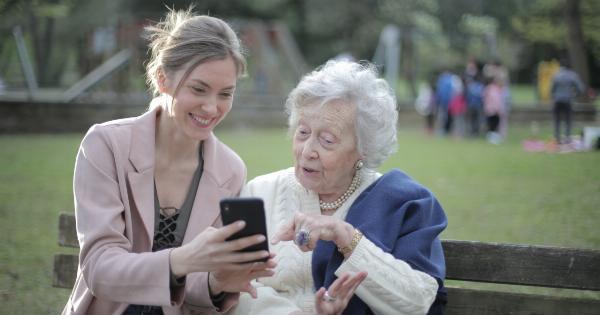Understanding the social circle of a narcissist is crucial in unraveling the complexities of their behavior and gaining insights into their interactions with others.
Narcissists are known for their inflated sense of self-importance, lack of empathy, and constant need for validation. As such, their social circles often consist of individuals who serve specific purposes to feed their ego and maintain their grandiose self-image.
In this article, we will delve into the various types of relationships narcissists form and the dynamics that unfold within their social circles.
The Enablers: A Circle of Validation
At the core of a narcissist’s social circle lies a group of enablers who frequently provide the validation they desperately crave.
These individuals are often drawn to the narcissist’s charm, charisma, and seemingly effortless self-assuredness. Enablers willingly offer compliments, affirmations, and admiration, thus reinforcing the narcissist’s inflated sense of self-worth.
Their uncritical support often becomes a crucial source of validation for the narcissist, boosting their ego and enabling their manipulative behavior.
The Admiration Seekers: Fueling the Narcissist’s Supply
Admiration seekers are individuals who crave the proximity and attention of the narcissist. They are drawn to the narcissist’s influential position, wealth, or social status and seek to benefit from their association.
It is within this dynamic that the narcissist’s need for admiration coincides with the admiration seeker’s desire for validation and social elevation. In such relationships, the admiration seeker willingly caters to the narcissist’s ego, providing them with the attention and flattery they require.
The Emotional Punching Bags: Targets of Narcissistic Abuse
Narcissists are notorious for their abusive tendencies, and their social circles often consist of individuals who become targets of their toxic behavior.
These individuals, referred to as emotional punching bags, endure a constant cycle of verbal, emotional, and sometimes even physical abuse at the hands of the narcissist. The narcissist feeds off their vulnerability and uses their pain and suffering as a means to assert dominance and establish control over them.
Flying Monkeys: Manipulative Allies
Flying monkeys are secondary abusers who willingly align themselves with the narcissist. They act as the narcissist’s “right-hand,” providing support, doing their bidding, and further extending their influence over others.
These individuals enable the narcissist’s manipulative behavior by spreading rumors, gaslighting, or engaging in smear campaigns against the narcissist’s chosen targets. Manipulative allies, whether out of fear or their own twisted motivations, serve as extensions of the narcissist’s power.
The Codependents: Trapped in a Cycle
Codependents often find themselves entangled in the social circle of a narcissist. Their own emotional wounds and insecurities make them susceptible to forming toxic relationships, which narcissists exploit to their advantage.
The codependent’s need for validation and fear of abandonment perfectly align with the narcissist’s desire for control and admiration. This dynamic creates a never-ending cycle of codependency, where the codependent seeks validation from the narcissist, while the narcissist feeds off their unwavering loyalty and support.
The Empaths: Targets of Manipulation
Empaths, with their compassionate nature and ability to sense others’ emotions, are often prime targets for narcissists.
The narcissist recognizes and exploits the empath’s capacity for understanding and empathy, using it as a means to manipulate and control them. The empath’s desire to heal and fix others becomes the perfect tool for the narcissist to exploit, making them feel needed and superior.
The empath’s emotional vulnerability becomes a weapon that the narcissist cunningly wields in their pursuit of power.
The Discarded: Victims of Narcissistic Devaluation
Narcissists are notorious for discarding individuals who no longer serve their purpose.
The discarded individuals are often former enablers, admiration seekers, or emotional punching bags who have somehow fallen out of favor with the narcissist or failed to meet their ever-increasing demands. The discard phase leaves victims emotionally drained, confused, and often traumatized, as they grapple with the abrupt loss of the attention and validation they once received from the narcissist.
The Inevitable Downfall: Isolation and Loss
While a narcissist may thrive in their social circle for a time, their toxic behaviors and manipulative tendencies eventually lead to their downfall.
As the true nature of the narcissist is unveiled, allies begin to question their loyalty, admiration seekers grow disillusioned, and emotional punching bags find the strength to break free. The narcissist’s social circle crumbles, and they find themselves isolated and devoid of the attention and validation they so desperately crave.
The Importance of Understanding
Understanding the social circle of a narcissist is essential in recognizing the dynamics at play and protecting ourselves from potential harm.
By familiarizing ourselves with the roles individuals play within the narcissist’s social circle, we can be better equipped to identify and extricate ourselves from toxic relationships. Furthermore, understanding the motivations and behaviors of narcissists can help pave the way for healing, both for the victims of their abuse and for society as a whole.






























